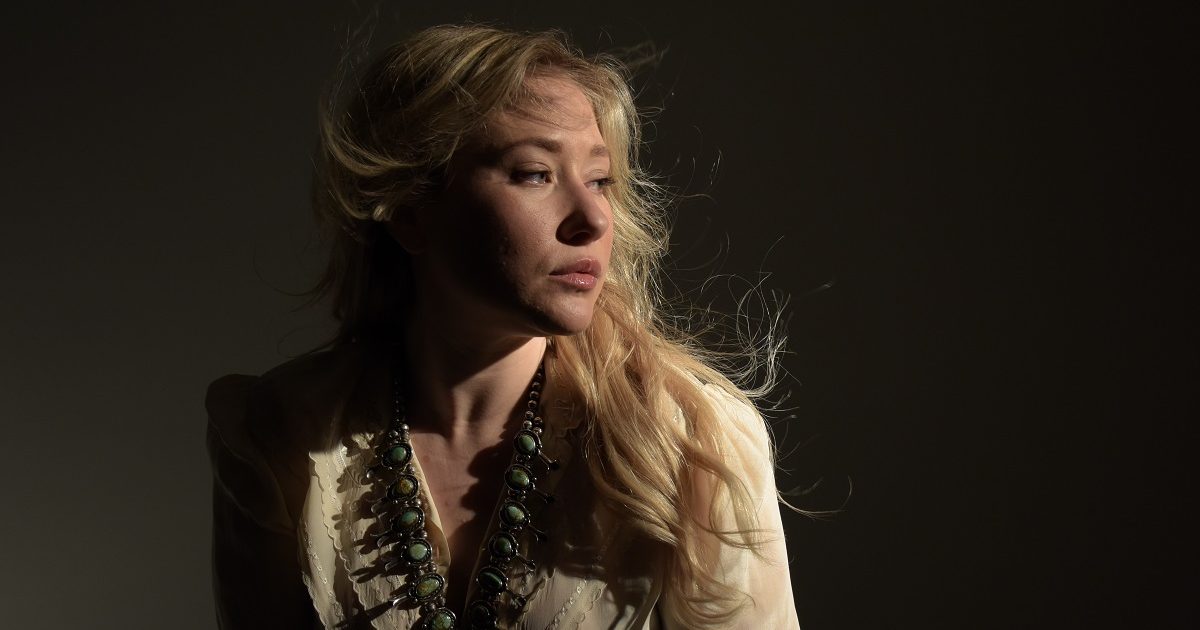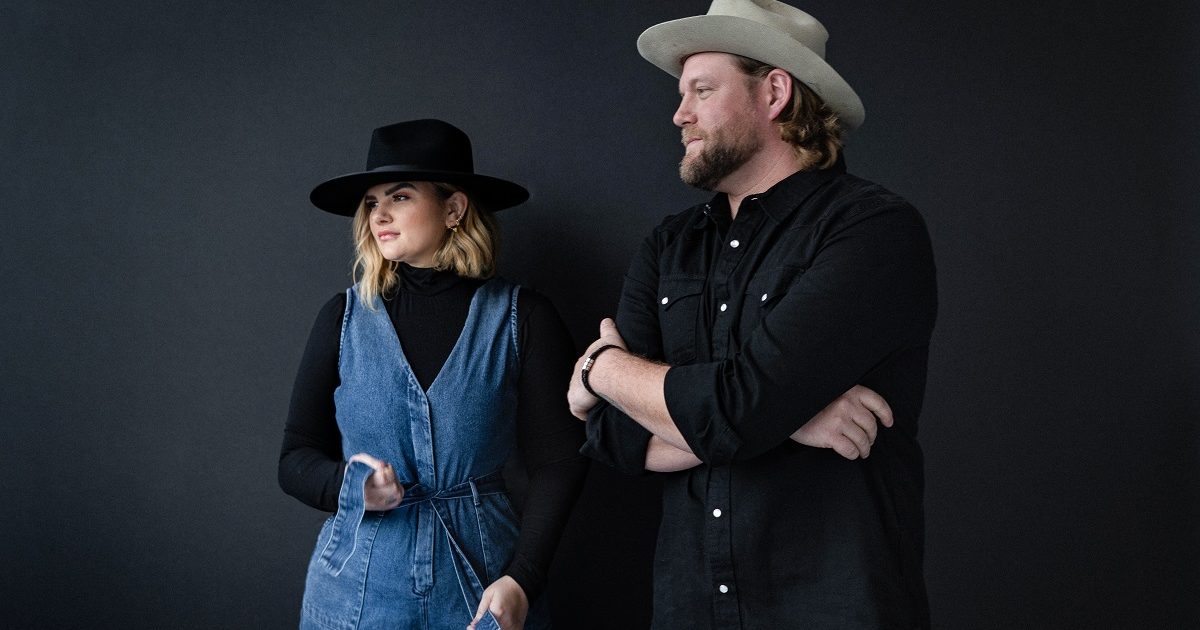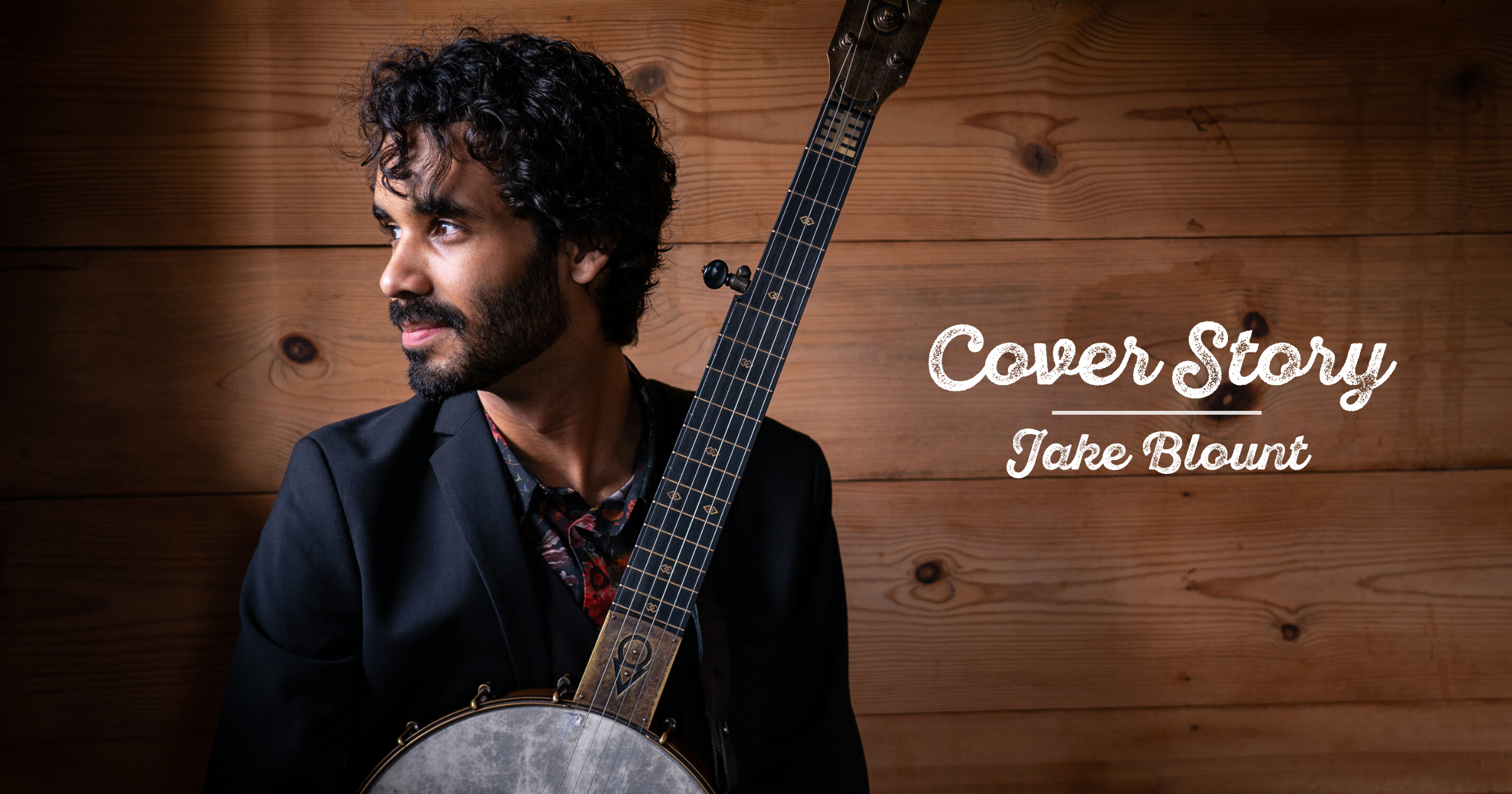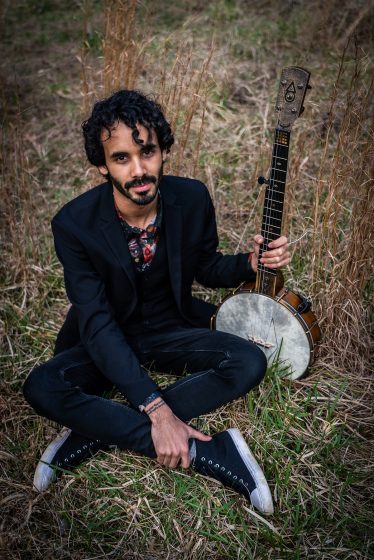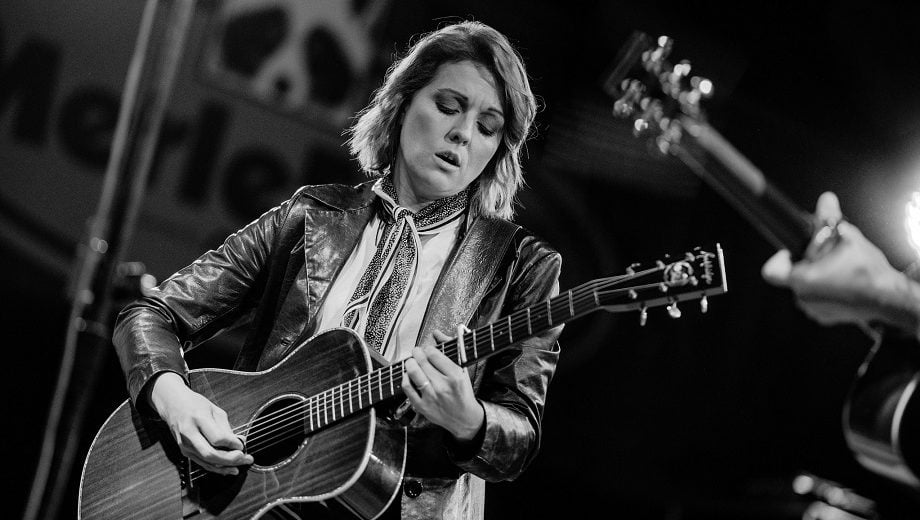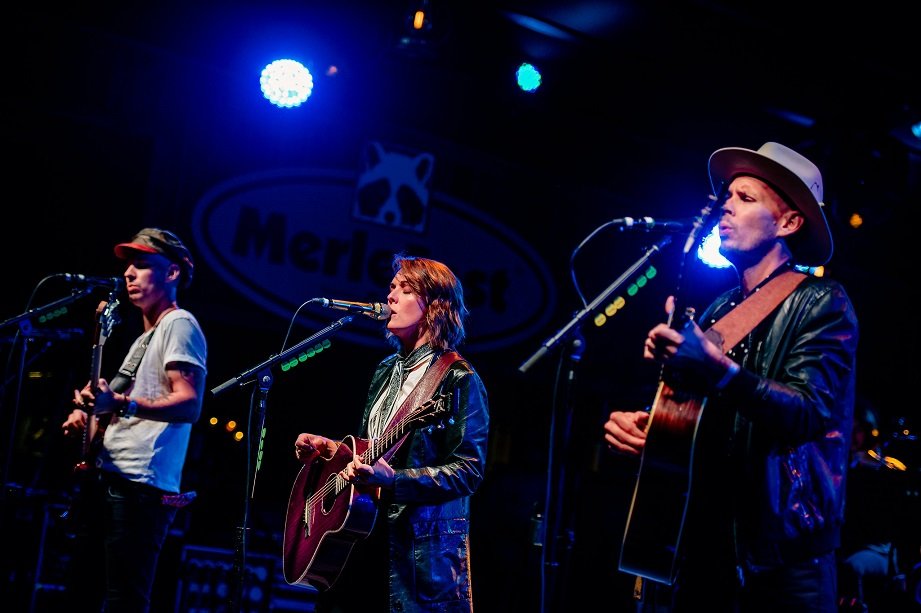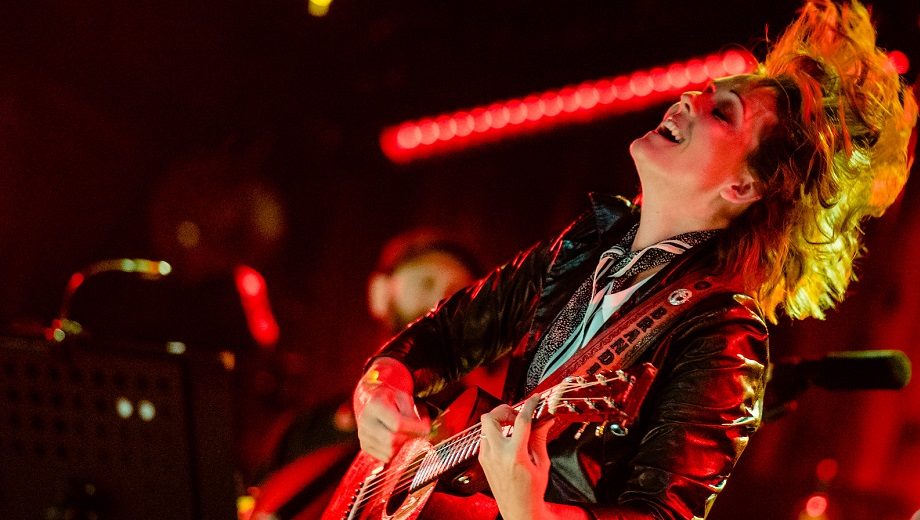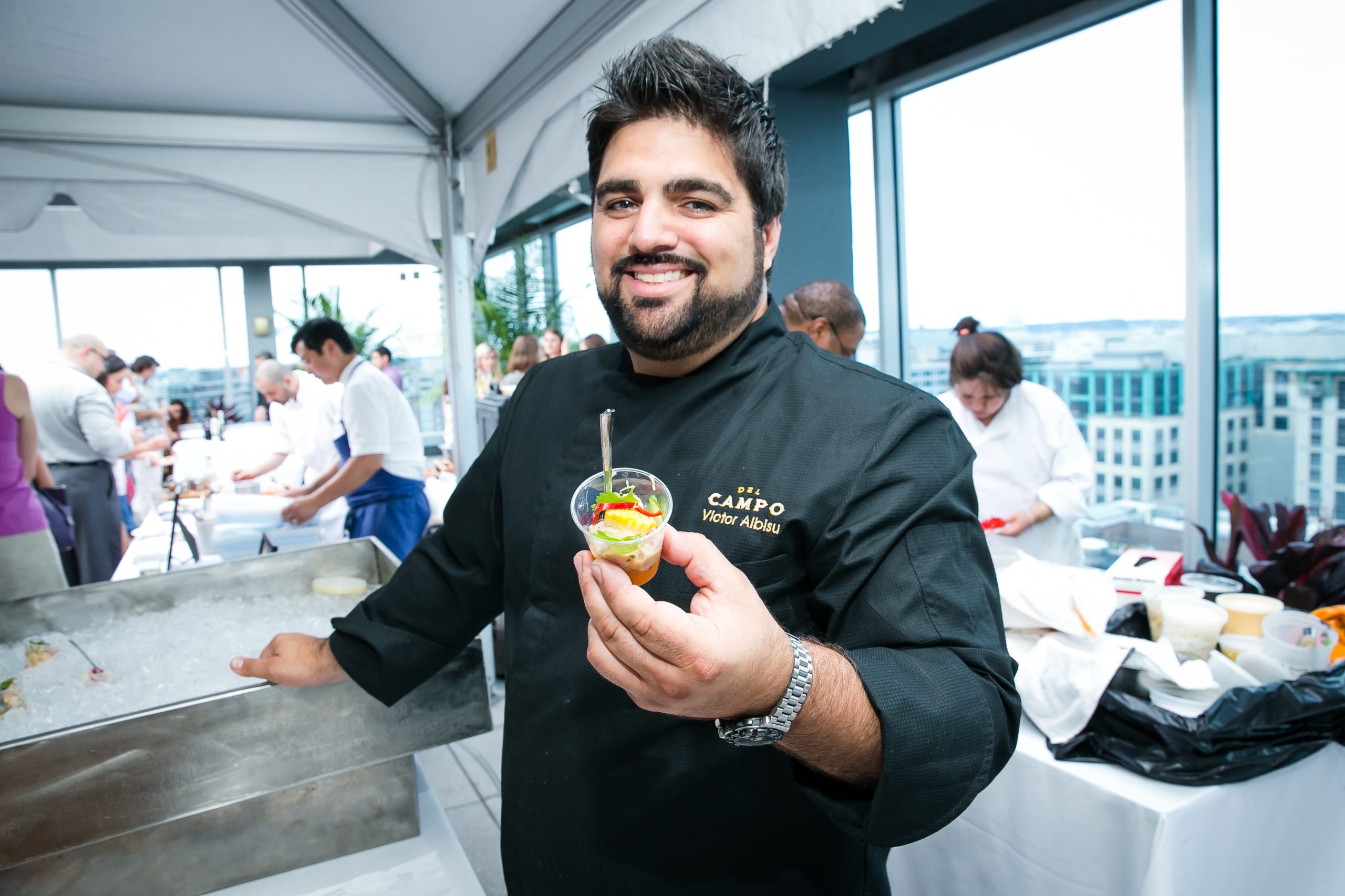Artist: Anna Rose
Hometown: New York, New York
Latest album: In the Flesh: Side A & Side B
Personal nicknames (or rejected band names): The Electric Child, AR
Which artist has influenced you the most … and how?
It’s impossibly hard to pick just one, as so much of my love for the creation of music has to do with the understanding of its history and the shoulders I stand upon. I’ve looked a lot to The Beatles, Joni Mitchell, Tom Petty, Kurt Cobain, Warren Zevon, Sheryl Crow, Jackson Browne, and Dolly Parton as songwriters, though again I feel like it’s almost criminal to stop there. As a guitarist, I’ve idolized Jimi Hendrix, Tom Morello, Jimmy Page, Jack White, Son House, Muddy Waters, Sister Rosetta Tharpe and Bonnie Raitt. As a vocalist and as a performer, Robert Plant, Prince, Janis Joplin, Stevie Nicks & Fleetwood Mac as a whole, Alison Mosshart / The Kills, Tina Turner, Debby Harry, Stevie Wonder … again, these lists are endless and only speak to the tiniest tip of the iceberg. A mentor of mine once told me that there can never be too much good music in the world and I believe that to be true, now more than ever.
The woods and the water — I can survive without both if I’m on the road or stuck in a city, but I think I am the best version of myself when I’m in nature. I’m a more present person when I can go for walk in the woods or sit by a river or swim in the ocean and I think that helps my writing. Taking care of animals is also a big part of my connection to the natural world, as well as riding horses.
What’s your favorite memory from being on stage?
I’ve been touring for a long time and so much of my life has been lived out on stage, the good moments, and the darker ones. I don’t often get to perform with my dad and those shows hold a special place in my heart, for sure. Many years ago, I got to open for Jackson Browne … I’ve been thinking a lot about that show lately. I was so young and completely in awe of him.
I guess recently the most precious memory I’m holding onto, though, is one from my last tour before quarantine at the beginning of March with the late, great Justin Townes Earle. Our last show of the run was in Asheville, North Carolina, at Salvage Station and Justin came out during my set, sat down on stage, and just listened to me. When I finished the song he stood up, got on the mic and said, “Girl’s got balls like church bells.” For him to come out and hype me up to the crowd like that meant a lot and I hold that tour very close to my heart. He was a truly brilliant artist and songwriter.
View this post on Instagram
What other art forms — literature, film, dance, painting, etc — inform your music?
I really try to experience many different forms of art pretty often, but I find myself most inspired by dance, film, poetry, and theater. I was a professional dancer and choreographer for a long time and my mom was a dancer, as well, so if I’m writing and I can picture movement it informs the direction of a song a lot. It’s sort of ingrained in my spirit.
I also grew up around film and theater and work in those fields currently, so I find myself influenced a lot by strong, captivating characters on screen/stage and wanting to write songs for them. On the poetry front, I circle back to the beat poets all the time — Jack Kerouac and Allen Ginsberg have always been two of my favorites.
How often do you hide behind a character in a song or use “you” when it’s actually “me”?
I think writing for a character is not hiding, first of all. Assuming a character can be a really powerful way of working and getting outside of your own perspective, or expressing certain parts that might not come out when thinking of yourself in the most habitual context. It can be like wearing a costume on Halloween. So, I guess the answer is that I write for characters all the time but those characters often have aspects of my own personality and I’m not trying to “hide” any of that. Some dream experts believe that you are everyone in your dreams and I think of it that way, sometimes.
Photo credit: Shervin Lainez
